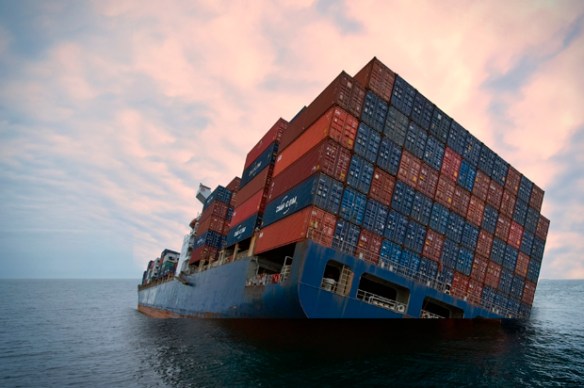Transport's Carbon & Energy Future

On the face of it, Shipping is the most efficient of freight transport modes. Intermodal shipping containers kick-started rapid growth in trade globalisation 60 years ago, and container ships, tankers and bulk carriers have been getting bigger ever since. Carrying more freight with less fuel on a tonne-mile basis, shipping has the highest energy productivity of all transport modes.
Yet looks can be deceiving. While international shipping contributes 2.4% of global greenhouse gas emissions, business-as-usual could see this explode to a whopping 18% by 2050. As trade growth increases demand, today’s fleet burns the dirtiest transport fuels, and a new report shows the market doesn’t reward ship owners who invest in the latest fuel- and carbon-efficient technologies.
When you consider the scale of the sector’s emission reductions that need to start now to contribute to the COP 21 Paris Agreement target of 1.5°C to 2°C global warming, there’s clearly an…
View original post 604 more words



